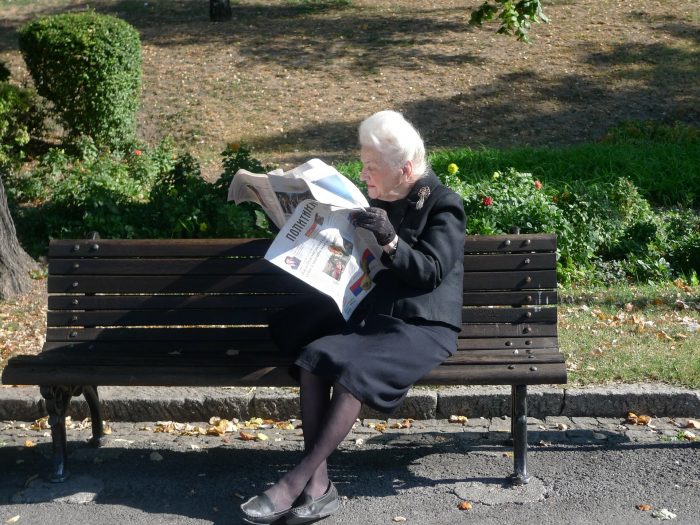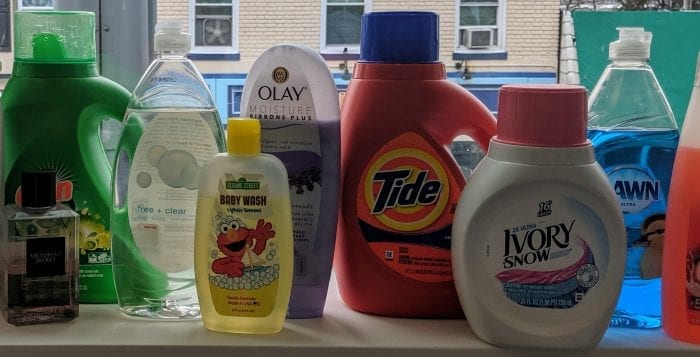The print news industry is concerned about a proposed bill by New York State.
Currently, the state Senate is working on legislation sponsored by Sen. Todd Kaminsky (D-Long Beach). According to the bill S1185B in the Senate and S1185A in the Assembly, called the Extended Producer Responsibility Act, if passed, the act will require the producers of covered materials “to develop and implement strategies to promote recycling, reuse and recovery of packaging and paper products.”
Producers of certain waste materials will need to have an approved producer responsibility plan to sell or distribute their products, either by complying individually or joining a producer responsibility organization. The plan would have to be submitted to the NYS Department of Environmental Conservation for approval.
Companies of waste products such as plastic bottles and paper products will have to contribute to plan costs to compensate municipal budgets, which will transfer the cost of recycling from the municipalities to packaging and paper product producers.
In an email to community newspaper publishers, Michelle Rea, executive director of the New York Press Association, asked NYPA members to reach out to their legislators to ask that the bill be amended to remove newspapers.
“Newspaper publishers have been good stewards of the environment for decades,” Rea said in the email. “In 1989 New York’s newspaper industry entered into a voluntary agreement with the State of New York to increase their usage of recycled newsprint to 40% by the year 2000. Recycling damages the fiber in newsprint, so a minimum of 50% new fiber is required to maintain quality. Newsprint with too little new fiber tears when the presses are running and causes the ink to blot.”
Rea added that newsprint accounts for less than 7% of solid waste, newspapers are compostable, as well as reusable, biodegradable and the ink is nontoxic.
“S1185A will not increase or improve the recycling of newspapers — it will simply shift the cost of recycling from municipalities to newspapers,” she said. “Newspapers are already suffering from revenue declines caused by COVID-19 and big tech platforms. Burdening newspapers with the cost of recycling will result in layoffs, further eroding citizen access to essential local news and information.”
According to Kaminsky, newspapers and magazines combined make up 15% of New York state curbside recycling.
“I understand that our publishing industry, especially with newspapers, is in a precarious position, and we certainly don’t want to do anything to harm their ability to get news out to the public, so these are certainly issues that we’re grappling with,” he said.
In the state Assembly the bill is sponsored by Assemblyman Steve Englebright (D-Setauket). He said newspapers were not included in an Assembly bill drafted last year and the concentration was on plastics which he feels is the main problem.
Englebright added that the bill is currently in the working stages and adjustments will be made before the legislation is finalized. He agreed that newspapers are already largely recycled, and the direction of the bill was to clean up the mixture of paper and plastic.
He said helping to prevent the comingling of plastic and paper is important.
“We’re just trying to put our local municipalities in a position of being able to move toward having markets again,” Englebright said. “When China closed the market [in 2018] it had a profound impact on local municipalities, but it’s also a wakeup call that we can’t just send mixed plastic and paper and different species of plastic, no less all mixed together, and expect that another country’s going to be able to make any more use of it than we can.”
Englebright added that many plastic producers use different types of plastics from polyethylene to polypropylene to polyvinyl chloride which can make recycling difficult.
“The capture of newspapers was certainly not something that was the intention of our Assembly bill drafters, and I suspect it’s the same with the Senate,” he said. “This is a process, and we’re early in the process. We are going to be refining these bills.”
Kaminsky said there is no date yet as to when the bill will be brought to the state Senate floor, and the earliest it will be is sometime in April.






